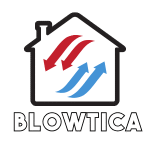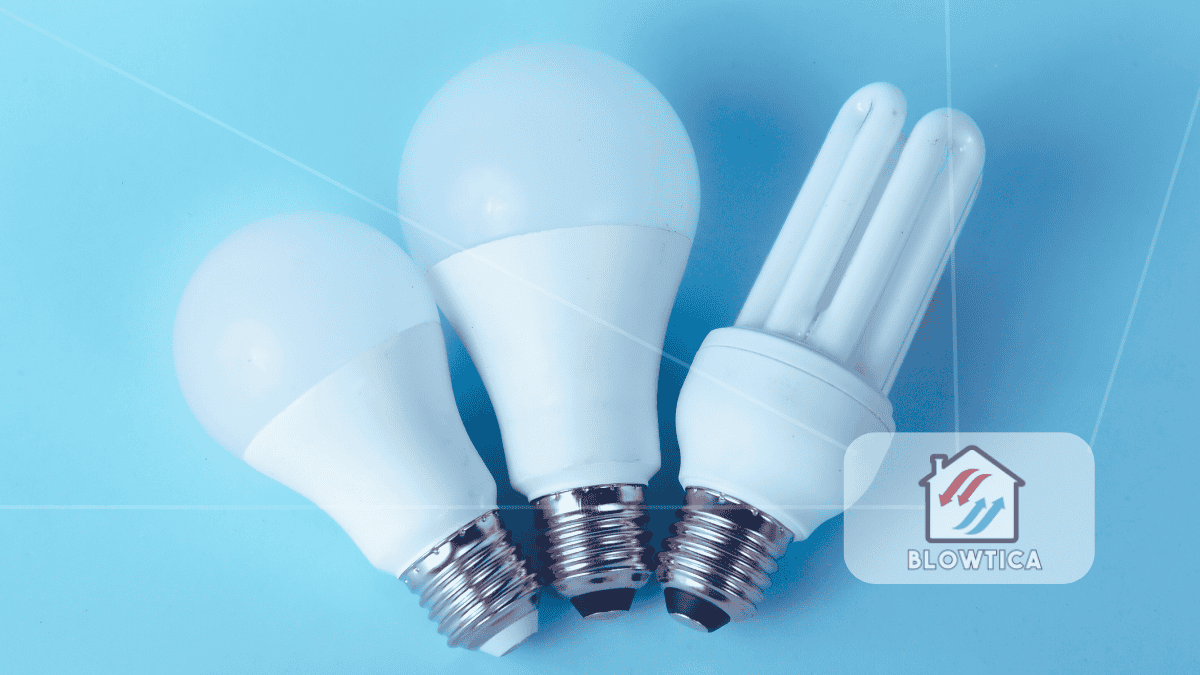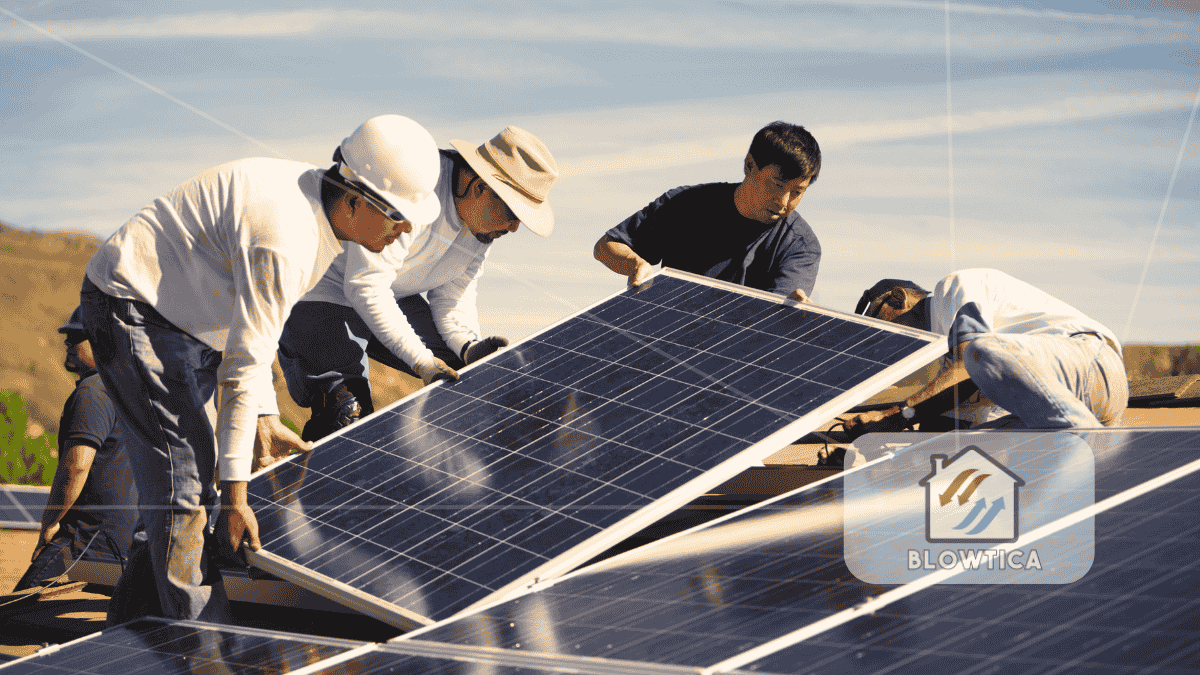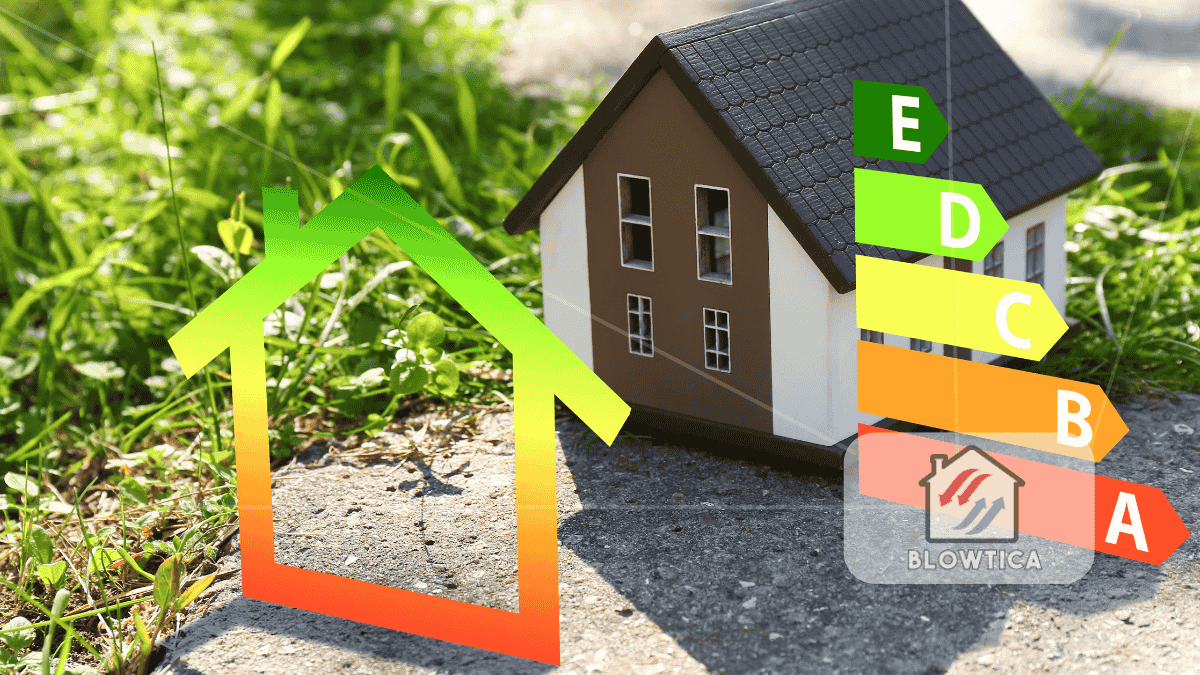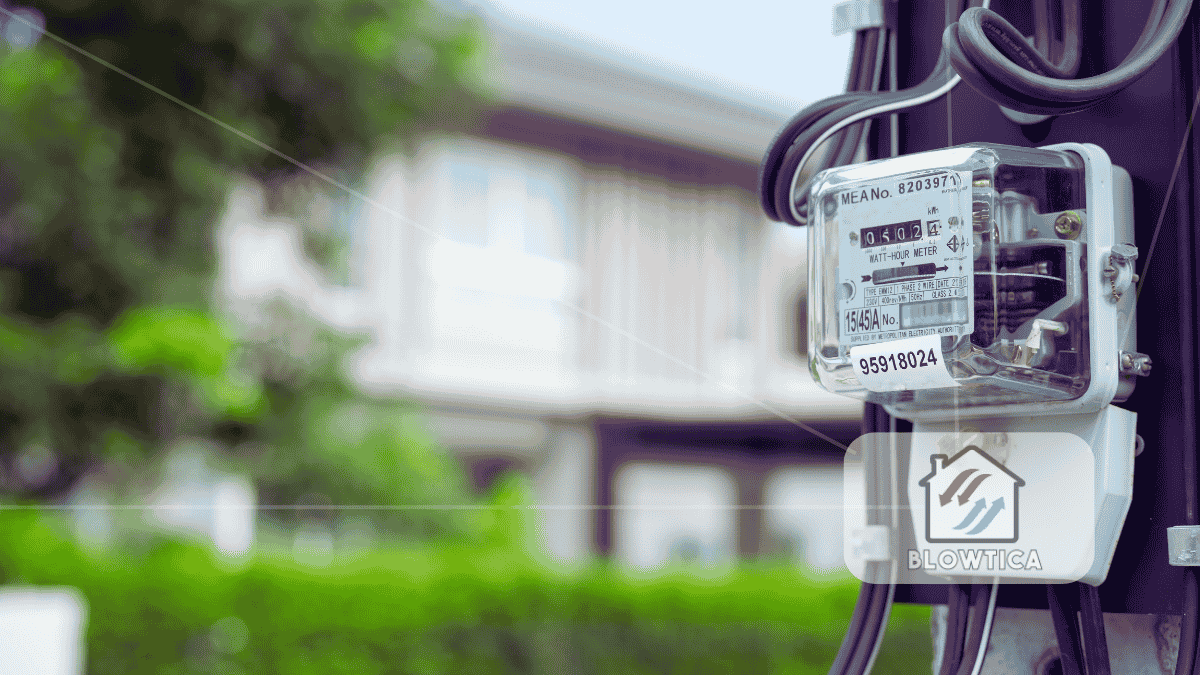
The HVAC industry in 2025 is experiencing a wave of disruption. What used to be standard climate control is now becoming intelligent, responsive, and energy-efficient. Homeowners are demanding smarter, greener, and more cost-effective solutions. The market has responded with a suite of technologies that redefine what heating, ventilation, and air conditioning can do. Below, we explore the top HVAC innovations of 2025 that are transforming how we manage home efficiency.
1. AI-Driven HVAC Systems
Artificial Intelligence has made its way into HVAC in a big way. Unlike traditional systems operating on static schedules, 2025’s AI-powered HVAC setups continuously learn from homeowner behavior, occupancy patterns, and real-time weather updates. These systems self-optimize, adjusting temperatures based on usage trends and forecasts to reduce energy waste.
A standout development is the integration of Human-in-the-Loop (HITL) feedback mechanisms. These allow the system to respond to live input from residents, factoring in personal comfort alongside predictive algorithms. This results in better indoor climate control and noticeable energy savings some systems report up to 20% reduction in monthly utility bills.
2. Ductless Mini-Splits: Smarter, Sleeker, Greener
Mini-split systems aren’t new, but their evolution in 2025 makes them a front-runner in home HVAC solutions. Modern ductless systems offer zone-specific heating and cooling, meaning different rooms can be set to different temperatures without overworking the entire system. What makes them shine now is their improved efficiency, ultra-quiet operation, and integration with smart home platforms.
The absence of ductwork also eliminates common inefficiencies like air leakage and dust accumulation, making these systems a solid choice for energy-conscious households.
3. Geothermal Heat Pumps: More Accessible Than Ever
Geothermal heating and cooling systems tap into the earth’s stable underground temperatures to regulate indoor climate. In 2025, these systems have become more affordable thanks to better drilling technology and streamlined installation processes. They’re now a viable option for suburban and even some urban homes.
What sets geothermal systems apart is their ultra-low operating cost and near-zero emissions. With efficiency ratings that outperform traditional HVAC setups, they’re becoming a staple in eco-friendly home design.
4. Variable Refrigerant Flow (VRF): Precision in Every Room
Once limited to commercial buildings, VRF technology is now entering residential spaces. These systems modulate refrigerant flow to provide tailored climate control for multiple zones simultaneously. In short, one room can be cooled while another is heated without energy waste.
In 2025, VRF units are smaller, quieter, and more intuitive, making them suitable for larger homes and families with diverse comfort needs. They’re also great for retrofit projects where ductwork might be impractical.
5. Energy Recovery Ventilation (ERV): Fresh Air, Less Waste
As homes become more airtight for efficiency, indoor air quality can suffer. Enter Energy Recovery Ventilation systems. ERVs bring in fresh outdoor air while retaining the energy from exhausted indoor air. This dual action reduces the load on your HVAC system and maintains indoor humidity at comfortable levels.
In newer 2025 models, advanced filtration and smart sensors allow ERVs to adapt ventilation rates based on indoor air quality and occupancy. They’re especially valuable for allergy sufferers and homes in areas with high pollution.
6. Predictive Maintenance and Real-Time Diagnostics
Downtime and surprise breakdowns are being phased out. Modern HVAC systems in 2025 come equipped with sensors that track everything from air pressure to motor function. These feed into cloud-based platforms that alert homeowners and sometimes technicians about issues before they become problems.
Predictive maintenance not only extends equipment lifespan but also maintains peak efficiency. The result is lower repair costs and more consistent comfort.
7. Next-Gen Refrigerants: Cooling Without the Carbon Guilt
Traditional refrigerants like R-410A are being replaced by low-GWP (Global Warming Potential) alternatives such as R-32 and R-454B. These newer options offer the same cooling performance but with a significantly lower environmental footprint.
As environmental regulations tighten, choosing a system that uses eco-friendly refrigerants is both a smart and responsible decision. It ensures compliance while reducing your household’s carbon impact.
8. Renewable Energy Integration: Solar-Powered HVAC
HVAC systems are now being designed to work seamlessly with home solar panels and battery storage units. In 2025, photovoltaic thermal systems are gaining traction these hybrid panels produce both electricity and thermal energy, improving overall efficiency.
This kind of integration allows homeowners to run their heating and cooling systems almost entirely off renewable energy during peak sun hours, dramatically slashing energy bills.
9. Air Purification: Beyond Dust and Dander
The pandemic permanently shifted attention toward air quality. HVAC systems in 2025 come with integrated purification technologies like UV-C light sterilization, HEPA filtration, and bipolar ionization. These features kill bacteria, neutralize viruses, and eliminate allergens.
Top systems monitor air quality in real time and adjust purification levels accordingly, offering peace of mind without extra effort from the homeowner.
10. Seamless Smart Home Integration
HVAC is no longer a standalone system. Today’s innovations allow full integration with smart home ecosystems, including voice assistants, mobile apps, and energy dashboards. Thermostats learn preferences and adjust proactively. Geofencing triggers temperature changes as you leave or approach your home.
This integration not only boosts comfort but also optimizes energy use in real time.
11. Adaptive Zoning and Occupancy Sensing
One of the top HVAC innovations of 2025 that’s gaining traction is adaptive zoning. With advanced occupancy sensors, HVAC systems can detect where people are in the house and direct airflow accordingly. Empty rooms aren’t unnecessarily heated or cooled.
The technology personalizes comfort while eliminating waste, particularly useful in larger homes or households with erratic schedules.
12. Decentralized HVAC Architecture
Decentralized systems allow different parts of the house to operate independently. Instead of one central unit, smaller units operate based on localized needs. These are ideal for multi-generational homes or properties with varying usage patterns.
The rise of modular, decentralized HVAC units in 2025 offers flexibility and redundancy, ensuring that a fault in one system doesn’t affect the whole house.
Conclusion
The top HVAC innovations of 2025 are fundamentally reshaping how we think about indoor climate control. From AI intelligence and predictive maintenance to geothermal systems and renewable energy integration, these technologies are making homes smarter, cleaner, and more efficient than ever.
If you’re planning to upgrade your HVAC system, these cutting-edge options are not just future-proof they’re present-ready. Investing in them today can lead to long-term savings, enhanced comfort, and a reduced environmental footprint.
As the world shifts toward sustainability and efficiency, staying ahead with the top HVAC innovations of 2025 isn’t just a luxury, it’s a smart, forward-thinking choice.
Sources for Further Reading and Fact-Checking
- https://time.com/7201501/ai-buildings-energy-efficiency
- https://www.energystar.gov/products/ductless_heating_cooling
- https://www.energy.gov/energysaver/ductless-minisplit-heat-pumps
- https://www.angi.com/articles/geothermal-heating-and-cooling-cost.htm
- https://www.globenewswire.com/news-release/2025/01/28/3016676/28124/en/11-4-Billion-Geothermal-Heat-Pumps-Market-Outlook-2025-2030
